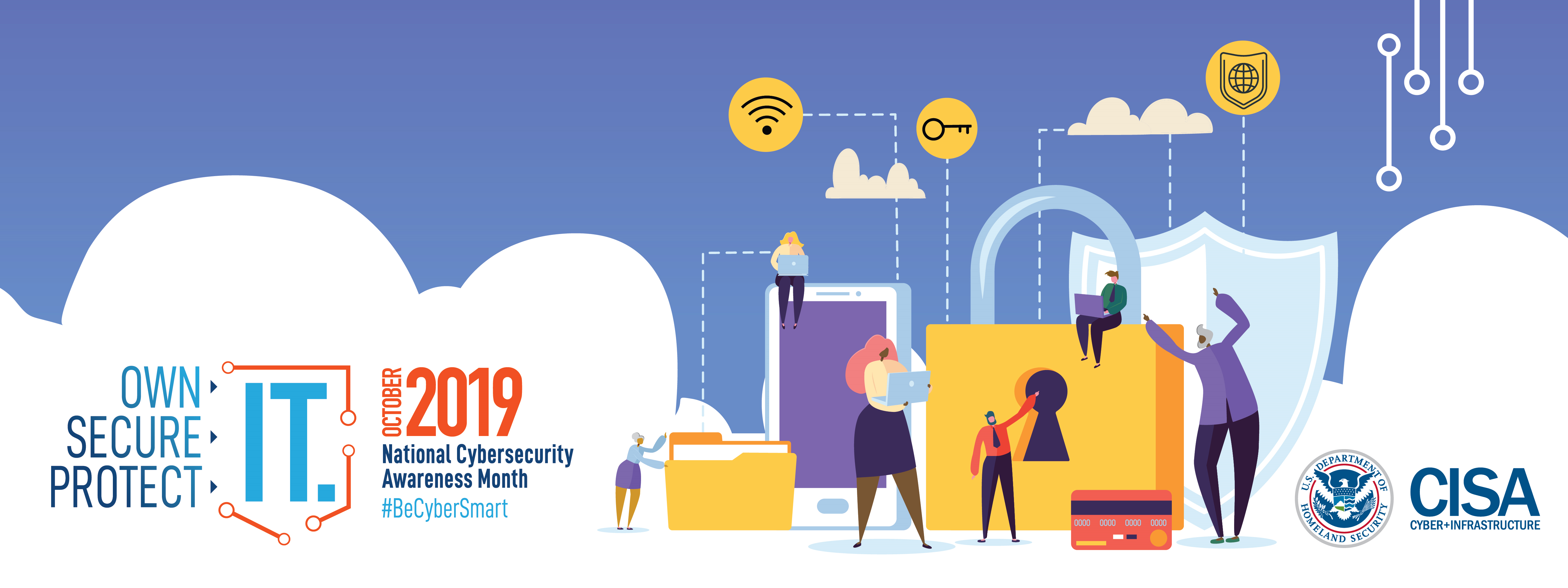
Secure and Protect the Company and Your Family from Malicious Actors
One of the first lines of defense in a good security strategy is the use of strong passwords. Whether it is for work or personal accounts, you can help prevent someone from gaining unauthorized access to financial, work, or personal accounts by using strong passwords. The information below is a general guide to help you craft secure passwords and eliminate risks.
Selecting a good password
Follow these guidelines when selecting a password:
- Use a password that is a minimum length of 8 characters
- Use 2-factor or “extra security” when possible
- Use a password or pass phrase made up of letters, numbers, and special non-alphanumeric characters (*&(^%$)
- Avoid passwords that are easy to guess (e.g., your first name and birth year)
- Avoid passwords based on easy-to-find personal details that can be obtained from social media accounts or posts
- Use a random word or phrase with a mix of letters, numbers, and symbols (non-alphanumeric characters)
- Avoid using the same password at work for business accounts and at home for personal accounts
Password Examples
Below are a few samples of how you can craft a complex password that is easy to remember.
Examples of Good Passwords: (SAMPLES ONLY – DO NOT USE)
- Your uncle Mark and your college address street number 2365 – Password might look like: 23M@rk65
- Your favorite vacation spot is Yellowstone Park – Password might look like: Y3ll0wStoN3!
- Your favorite drink is a Diet Coke – Password might look like D!3t C0k3
- Your favorite pastry is a croissant – Password might look like Cr015s@nt
There are many ways to craft a complex password that is easy to remember and effective in helping to protect your account.
Click here to view the National Cyber Security Awareness Month information sheet on Using Good Password Practices for more information.

